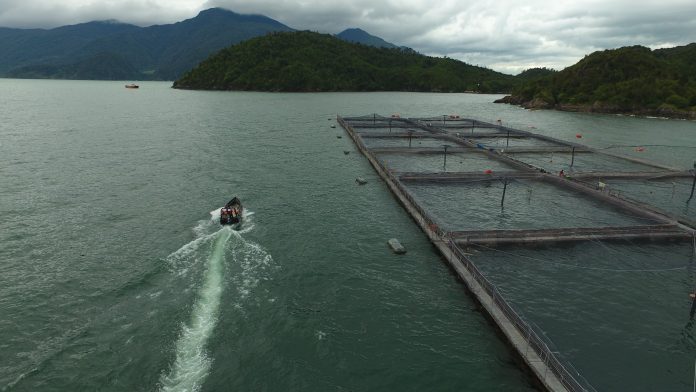Costs predicted to gradually decrease in the second part of the year as company recovers from adverse environmental conditions.
Chilean salmon producer, Salmones Camanchaca has released its fiscal results for the first half of 2021.
The profit for the second quarter was US$377 thousand, which compares favourably with the loss of US$2.5 million in the same quarter of 2020, an improvement that is explained by better prices.
Likewise, EBITDA for the first half of the year reached US$9.4 million, which compares unfavourably with the US$38.8 million in 1H 2020, affected this year by higher Salmon costs, a consequence of the effects of algal blooms last summer.
Camanchaca’s total revenues reached US$312 million in the semester, 5.7% higher than the same semester of 2020.
Salmon sales prices, key in explaining the weak results of 2020, have a significant recovery but did not compensate for the effects of the summer, and are lagging due to the low volume available and the existence of contracts closed at the end of 2020.
Ricardo García Holtz, general manager of Camanchaca, was confident in the projection of recovery of the salmon business from the second half of 2021, “A robust and recovered demand and a reduced Chilean supply will keep salmon prices high during the second half, which it will be reflected in the income figures. And on the cost side, this August we have concluded the fish harvests made more expensive by the environmental conditions that affected us in the summer of this year, with which our costs should gradually decrease in the second part of the year.”
He highlighted that, “Camanchaca has faced an adverse scenario since April 2020 and until this first semester, focusing on mitigating risks, taking advantage of opportunities and preparing for recovery. The environmental conditions of the summer that affected our fish in the fjords, have led us to further diversify our geographic farming areas in the Atlantic, and to use somewhat riskier concessions in the summer, with species that are harvested early. Thus, in the next few years we will be able to complete our growth plan, and at the same time reduce exposure to environmental risks”.


